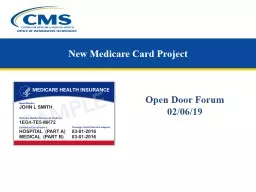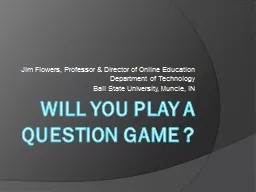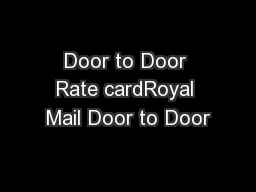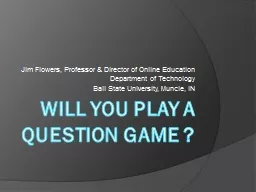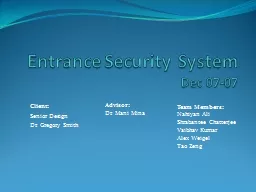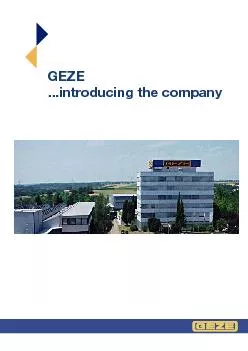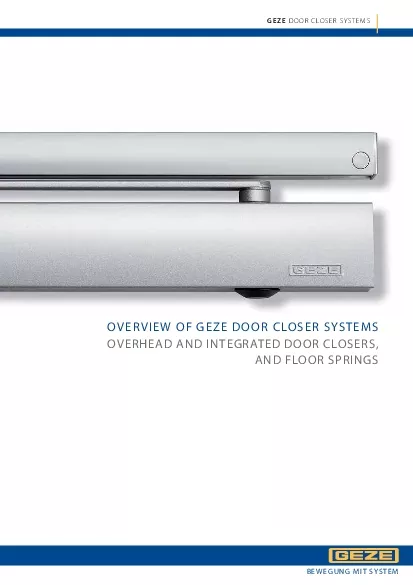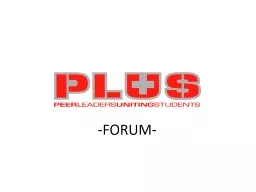PPT-Open Door Forum 02/06/19
Author : briana-ranney | Published Date : 2019-02-11
New Medicare Card Project Weve finished mailing new cards to people with Medicare across all US states and territories completing the wave mailing ahead of schedule
Presentation Embed Code
Download Presentation
Download Presentation The PPT/PDF document "Open Door Forum 02/06/19" is the property of its rightful owner. Permission is granted to download and print the materials on this website for personal, non-commercial use only, and to display it on your personal computer provided you do not modify the materials and that you retain all copyright notices contained in the materials. By downloading content from our website, you accept the terms of this agreement.
Open Door Forum 02/06/19: Transcript
Download Rules Of Document
"Open Door Forum 02/06/19"The content belongs to its owner. You may download and print it for personal use, without modification, and keep all copyright notices. By downloading, you agree to these terms.
Related Documents

